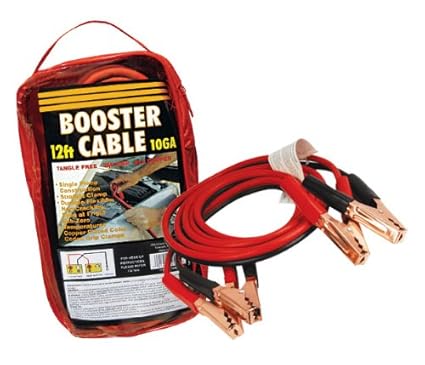The BBC has an article about a mobile phone battery that will charge from empty to full in 30 seconds.
The technology behind the brand new battery is of course exciting. Lithium polymer batteries have their drawbacks and I should imagine a battery that can be charged rapidly will be of even more interest to manufacturers of electric cars and renewable generators than mobile phone manufacturers.
But since Israeli start-up StoreDot chose a mobile phone to demonstrate their technology then I have to ask where the 230-amp USB charging cable is going to come from.
The faster a phone charges, the more current it requires. And to provide more current the power source needs to be more robust (typically larger) and the connecting cables need to be larger to carry the current safely without overheating.
Since it has become standard to use a 5-volt supply to charge a mobile phone I thought I’d work out how much current would be required to charge a typical phone battery in 30 seconds.

The answer is a whopping 230 amps, based on a 3.7 volt 2,600 mAh battery capacity like the one inside Samsung’s Galaxy S4 mentioned in the article.
In case you’re wondering how fat 230-amp cables are, you’re talking typical jump lead size.
In practical terms phone chargers would need to seriously increase the voltage to charge a phone that quickly, but they are unlikely to go much above 25 volts due to the increased risk of electric shock.
Even at 25 volts the current required would be over 45 amps.
3 replies on “Pass me the 230-amp USB charging cable, please…”
Maybe the BBC article was meant to go out on April 1st? 🙂
If you use a Hydrogen Fuel cell you can charge it from 0 to 100% very fast indeed, and it won’t even get warm.
Either way though, I do worry about the risk of explosion.
If you use a supply voltage over the cell charging voltage you have to add voltage dropping electronics (= weight, heat dissipation) to the phone circuitry.
50V is safe (110V tools are -55 / 0 / +55) and 1/10th the current of USB with the onboard conversion caveat.